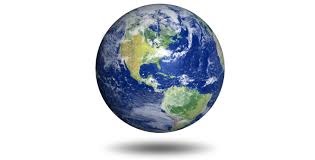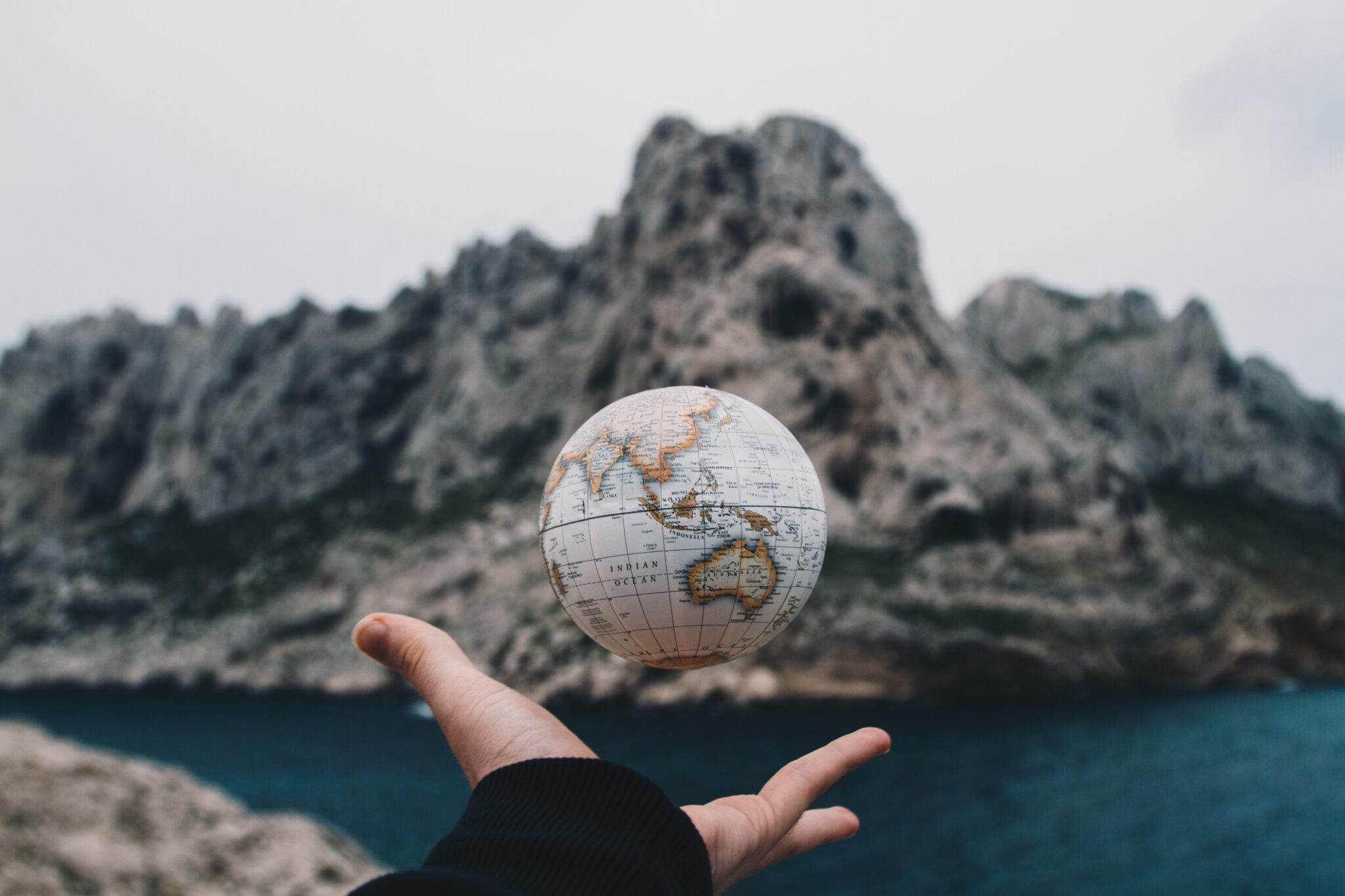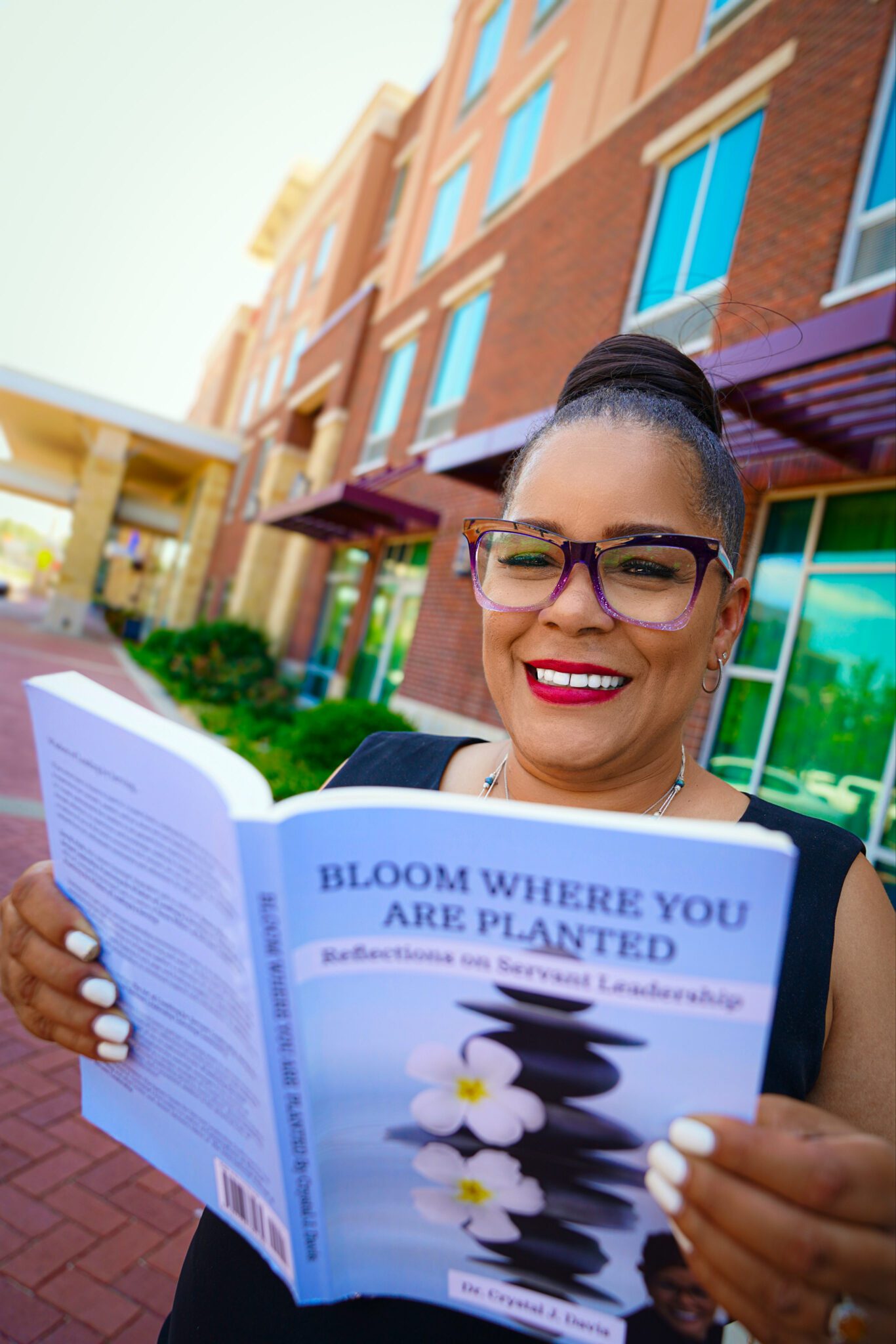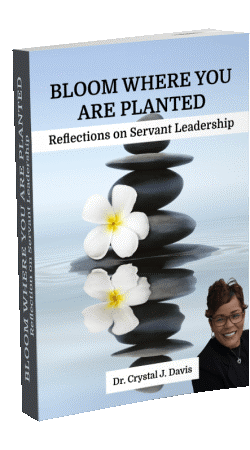
NOTE: Good Afternoon to you all! I have been away for a few weeks grant writing for a client! What a perfect example of Servant Leadership I have experienced through fundraising. And, my first book was released on Amazon! It can found at http://amzn.to/1WXxxqO . It is very exciting times for us and we thank you for your patience. We will begin where we left off with Chapter 8, Heal the Earth….
“When seen from outer space, our beautiful blue planet has no national boundaries.”
~Dalai Lama
Servant Leaders understand the value of care and concern for the earth. The environmental damage that the earth suffers today requires our immediate attention, not in some distant future with regard to cutting emissions and lowering the temperature of the earth. This is what the Dalai Lama argues in the book, A Force for Good: The Dalai Lama’s Vision for Our World, chapter eight, Heal The Earth.
The Dalai Lama is quoted as saying, “Many of the Earth’s habitats, animals, plants, insects, and even micro-organisms that we know to be rare may not be known by future generations.” We have the resources and the ability to act now. It is our responsibility, before it is too late. The ongoing ecological damage to the planet is creating another set- a different set- of powerless victims;
- Species at risk for extinction,
- Future generations who will live in very bad environmental conditions, and
- People of the poorest countries whose health and environment are disproportionately harmed by the consumption habits of America and the world.
The Dalai Lama has learned from top environmental researchers that our current geological age called Anthropocene (meaning “human” in Greek) is the recognition of how humans and their activities have deteriorated the planet’s life-support systems- two of the best known are the carbon cycle and global warming.
So, what should we do? How do we get ourselves out of this mess we’ve made?
Radical Transparency
Because we as a human race are for the most part blind to our carbon footprint on Earth, the Dalai Lama says that we need a “deeper transparency.” Transparency with regard to, for example, the life cycle of the smart phone.
A cellular phone’s life cycle today may begin with the mining of rare earths in China and Africa—some of those area controlled not by the government buy by militia that deploy slave labor and that same life cycle end in a poor village somewhere in India, where the people are exposed to toxic mix of cyanide because of the need is to recover the valuable bits (gold) in the circuit boards.
An example of radical transparency is seen in the new software that makes it easier today to track the life cycle of cell phones and the companies that sell the ones that are the least harmful to the planet. This kind of transparency could alert us to how our purchases connect to the planet in a harmful or at least the least harmful way.
Educating Our Children
More education and transparency can help us to awaken to the knowledge and understanding of each of our individual responsibility and accountability to heal the earth. The Dalai Lama believes it is necessary to educate our children as he believes our children are open-minded and flexible, and will understand the care of the planet as a natural part of life. We must take these steps before our eyes are stinging and our lungs are burning as then it may be far too late.
The Dalai Lama admits, “I am from the last century, and our generation created a lot of problems. The youth of this century are the planet’s real humanity now. They can work together in the spirit of brotherhood and sisterhood to share ideas, and find solutions. They are our real hope.”
Goleman tells the story of a teacher in Northhampton, Massachusetts who brought a small crate of clementines to share with her second grade class. The assignment was to think about all the people and places involved in getting those clementines to their classroom -and to send a silent good wish to them.
The students started thinking and when asked to call out the people, places and things involved in the clementine’s arrival to their classroom, they began shouting out, the sun, the water, the people who grew the tree, the store people. They were getting it. They understood all of the people and things it took to get that clementine in their hands all the way from Morocco.
The teacher then asked them to peel it, feel it, and to put all of their focus on the clementine. This exercise in mindfulness allowed the students to pause and send good wishes to everyone who was involved in delivering the single clementine to their hands.
This exercise stretched those second-graders’ minds in at least three ways;
- Paying close attention to the clementine exercised the mental muscle of focus,
- Wishing well to the people who made having the fruit possible and thanking them widened the circle of caring, and
- Awareness of the chain of people who brought that fruit from Morocco to their school suggested systems thinking.
In the end, Servant Leaders understand and take the appropriate action to lessen their carbon footprint as individuals, educate our children as a community, and do what is necessary to heal the earth.
To Healing the Earth,
Dr. Crystal








